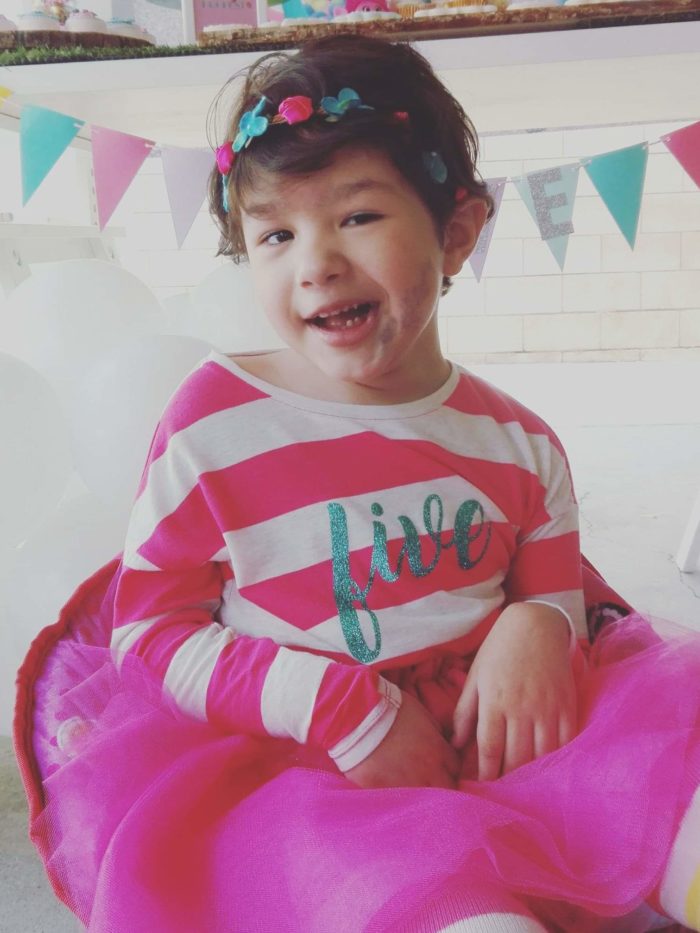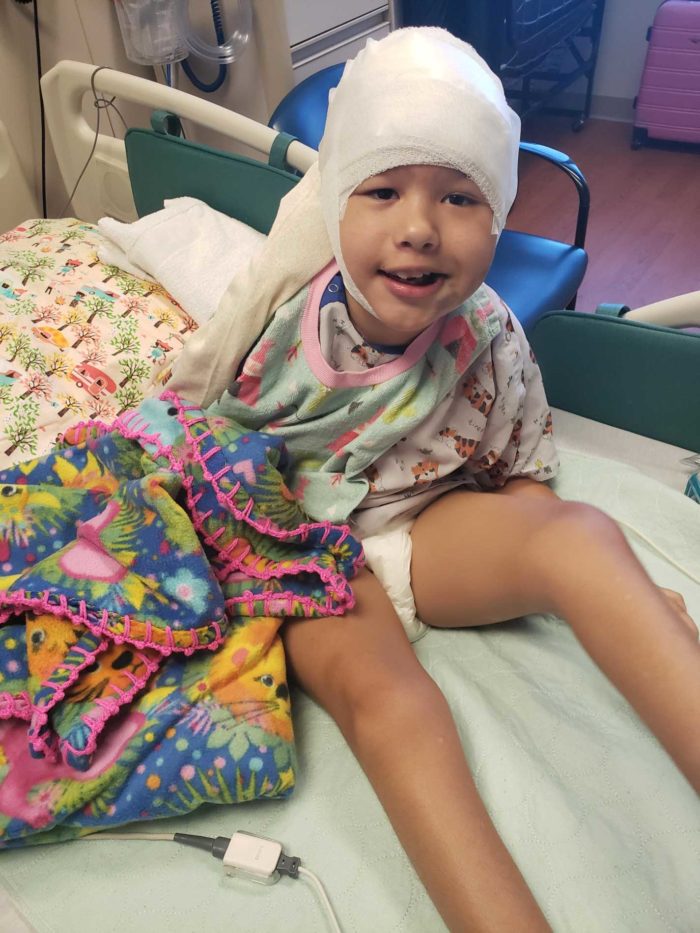Tuberous Sclerosis Program
Call today to schedule an appointment with one of our pediatric specialists.
Neurology Referrals
View the referral guidelines
Neurosurgery Referrals
We know it can feel overwhelming when your child is diagnosed with a rare illness. At CHOC, we specialize in treating kids with complex brain disorders. Our multidisciplinary team includes neurology, genetics, cardiology, nephrology, neuropsychology, neurosurgery and ophthalmology, all working together to create a treatment plan unique to your child’s and family’s needs. We aim to make the process from diagnosis to treatment and beyond as seamless as possible.
What is tuberous sclerosis?
Tuberous sclerosis (TSC) is a rare genetic disorder that causes noncancerous tubers (tumors, or growths of abnormal tissue) to grow in many parts of the body, such as the brain, eyes, heart, kidneys, lungs and skin. Many children experience symptoms of TSC at birth. Others, however, do not develop symptoms until they are 2-6 years old. Learn more about diagnosis, symptoms and treatments for tuberous sclerosis.
A Team of Tuberous Sclerosis Experts
Through a designation by the Tuberous Sclerosis Alliance, our specialized clinic treats children with tuberous sclerosis, a rare disorder that can cause epilepsy as well as growths inside the brain, heart, kidney and retinal area of the eye. Because tuberous sclerosis affects different areas of the body, we draw on the expertise of specialists from multiple CHOC disciplines, including neurology, genetics, cardiology, nephrology, neuropsychology, neurosurgery and ophthalmology.
Through the Tuberous Sclerosis Alliance, we also have a TSC Clinical Ambassador, a parent volunteer who helps families and children deal with the emotional challenges of the disorder by sharing their personal experiences and connecting them with area resources.
Featured Stories
Epilepsy / Seizures
My daughter’s journey from seizures to surgery
When Celeste’s daughter Camila was going through seizures and epilepsy surgery, she read stories about other kids’ success and gleaned hope.
Epilepsy / Seizures
What Parents Should Know About Infantile Spasms
Infantile spasms are a medical emergency. Immediate treatment is critical because many children go on to develop other forms of epilepsy.
Epilepsy / Seizures
Multi-Focus Seizures Complicate Surgical Treatment for Pediatric Epilepsy Case
A functional hemispherectomy at CHOC gave Jaylynn the best outcome for seizure control and turned around her quality of life.


